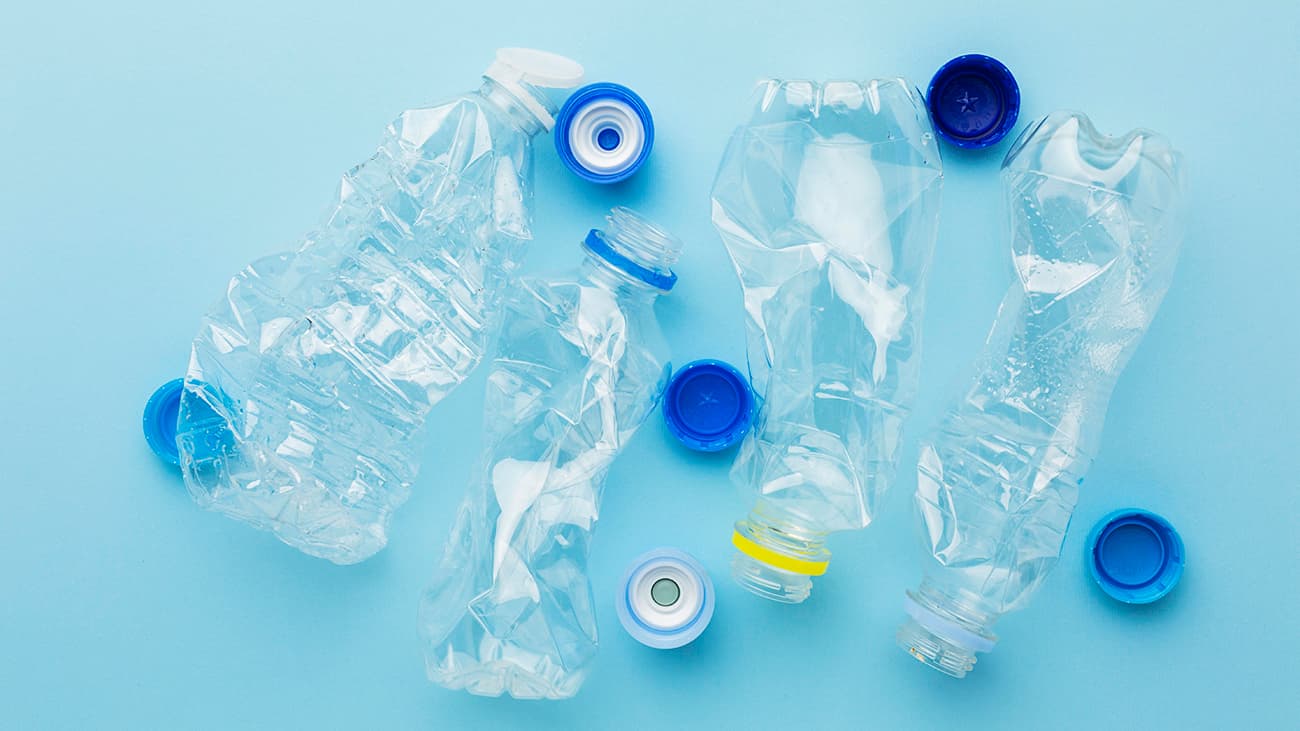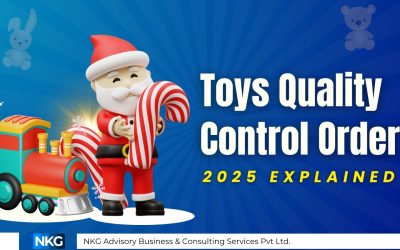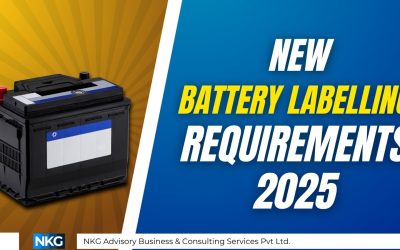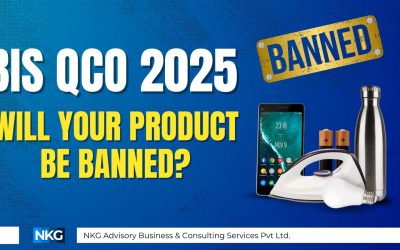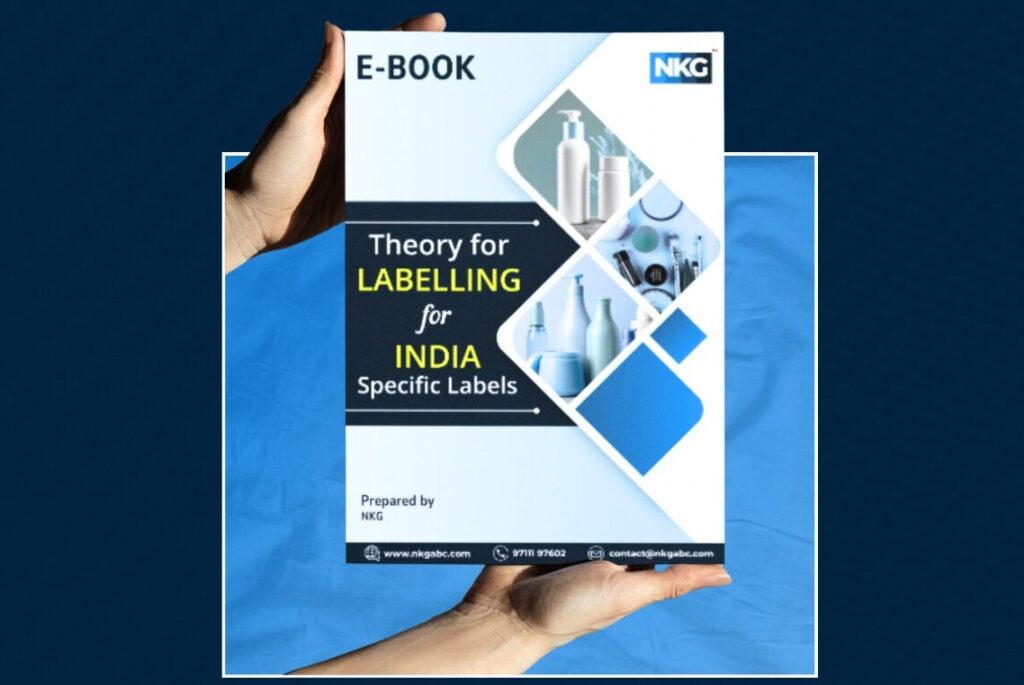Overview of plastic waste
Despite having a large population, India is currently ranked 12th among nations with poorly managed plastics. Still, it is anticipated that by 2025, it will have moved up to the fifth spot. Therefore, it is now urgent to recycle, scale up, or reprocess PW to stop this misuse of plastics and lessen the harmful effects of plastic consumption and usage on the environment. However, this resource has not received the necessary care after post-consumer use. Depending on the quality of the product produced through waste recycling, PW is typically recycled or reprocessed using one of five different processes: upgrading, recycling (open or closed loop), downgrading, waste-to-energy plants, dump sites, or landfilling. According to the Centre for Science and Environment (CSE), the PW is typically processed into inferior products like pellets, granules, or flakes used to make finished goods like boards, pots, mats, and furniture. The Indian Ministry of Environment (more) published the guidelines for an expanded extended producer responsibility (EPR) program for plastic packaging within the nation on February 16, 2022, and are now in effect. The program establishes ever-stricter recycling targets for plastic producers, importers, and brand owners, starting at a minimum of 25% of plastics recycled this year. It applies to both pre-and post-consumer plastic waste.
What is Pre-Consumer Waste?
Pre-consumer waste is produced by factories, facilities, or other organizations but not consumed by consumers. Pre-consumer waste is still a common byproduct of most industries, despite the best efforts of many industries to be as efficient as possible and reduce wasteful raw materials in their operations. For instance, if multi-layered plastic packaging used for products has a printing error, that packaging can be categorized as Pre-Consumer Plastic Waste. Pre-Consumer Plastic Waste is Discarded Waste with a few printing errors or flaws or improperly packaged. As a result, this kind of waste has yet to be used up or reached a consumer. The majority of post-consumer plastic waste is produced following the industrial manufacturing process. Many businesses and industries have developed creative thinking skills and discovered ways to reuse pre-consumer waste to create new products. There is no shortage of products made from pre-consumer waste, which can be anything from metal to food, paper, or any other virgin material. The term “Post-Industrial Plastic Waste” also applies to pre-consumer plastic waste. Although there are a few small differences, pre-consumer and post-industrial plastic waste are nearly identical waste types.
What is Post-Consumer Waste?
On the other hand, post-consumer waste develops at the end of the consumer lifecycle. The customer is looking for some way to get rid of the product after using it for the purpose they purchased. It should be noted that by finding ways to reuse items, consumers actively contribute to reducing environmental waste (hopefully, the consumer has exhausted all reuse options at this point). This can be as simple as storing a glass jar for cereal. Unfortunately, there are three possible outcomes once an item is thrown away: recycling, disposal in a landfill, or incineration. Although landfills’ harm to the environment is well established, incineration is just as harmful to the environment. They contribute directly to global warming by releasing dangerous gases and toxins into the atmosphere. Pollution must be avoided by ensuring that post-consumer waste is recycled and used as often as possible. Although there are many difficulties with recycling products, it is still the best way to avoid them ending up in landfills or incinerators.
Responsible Persons
According to the 2016 Plastic Waste Management Rules, plastic waste producers must reduce plastic waste production, avoid littering plastic waste, ensure segregated waste storage at the source, and turn over segregated waste per the rules. The rules also outline how waste producers, retailers, street vendors, and gramme panchayats should manage plastic waste. Producers, importers, and brand owners are all subject to the Extended Producer Responsibility provisions of the Plastic Waste Management Rules, 2016. Pre- and post-consumer plastic packaging waste shall be subject to Extended Producer Responsibility. The guidelines provide the framework for implementing Extended Producer Responsibility.
- Producer – Extended Producer Responsibility target – The eligible quantity in MT (Q 1) is calculated as follows: annual quantity (C) supplied to the entities covered by subclause 4(iii) the average amount of pre-consumer plastic packaging waste generated in the prior two fiscal years (B) minus the average weight of plastic packaging material (categorized) sold in the previous fiscal year. The Extended Producer Responsibility target shall be determined category-wise.
- Importer – Target for Extended Producer Responsibility – The average weight of all plastic packaging material and plastic packaging of imported products (categorized-wise) imported and sold the annual quantity (C) supplied to the entities covered by subclause 4 less the average quantity of pre-consumer plastic packaging in the last two financial years (A) plus the average quantity of waste in the last two financial years (B). (iii) in the prior financial years shall be the Eligible Quantity in MT (Q 2).
- Brand owner – Target for Extended Producer Responsibility – The average weight of virgin plastic packaging material (purchased and introduced into the market, category-by-category, in the last two financial years (A) plus the average quantity of pre-consumer plastic packaging (B) in those same two years, as shown below, will constitute the eligible quantity in MT (Q3).
Advantages of recycling
Up until the point of disposal at the end of their useful lives, pre- and post-consumer plastic waste are recyclable. After being recycled, plastic waste from both pre-and post-consumers has a few advantages and benefits.
- Waste reduction – It lessens the quantity of waste disposed of in landfills, where it typically takes hundreds of years to decompose because of the properties of various plastics. By recycling plastics, we can give materials a second chance and keep them from polluting the environment.
- Less use of natural resources – Mechanical recycling will produce pellets that can be reintroduced into manufacturing processes, lowering the need for virgin raw materials. This lessens the negative effects of extracting new materials on the environment.
- Saving of energy – Large amounts of energy are needed to produce (extract) raw materials, so mechanical recycling will help businesses cut pellet costs and electricity usage.
- Lower Carbon footprint – The amount of carbon dioxide that individuals and businesses release into the atmosphere due to their operations is known as their “carbon footprint,” and awareness of this issue is growing. Plastics from previously used products help manufacturers lower their carbon footprint. 100% post-consumer PET has a carbon footprint that is 60% lower than virgin PET, including the energy used to gather, recycle, and remanufacture the plastics. The result is high quality and effectively utilizes large amounts of post-consumer plastics.
- Lower quantity of microplastic – Microplastics are tiny pieces of plastic that range in size from 5 mm to 100 nm and are dumped or degraded and then released into the environment. They make their way into the oceans, seas, and waterways, where marine life can consume them, and they can build up in the food chain. Microplastic pollution can be decreased by recycling and reusing plastics.
Conclusion: Pre and Post consumers waste is the main problem today when everything is readily available and is the most significant contributor to the waste in landfills. Being responsible citizens, it is our duty to control post-consumer waste, whereas controlling pre-consumer waste is the responsibility of the manufacturer and importer. Any person planning to enter the market must be aware of the Waste management rule,2022, which guides how to manage waste so that it can be recycled and doesn’t contribute to landfills. Recycling and reusing plastic is not the only way. Still, the government and business owners should look for other alternative options that are cheap, reliable, and solve the plastic problem. Till then, people need to stick to these rules to manage waste.

